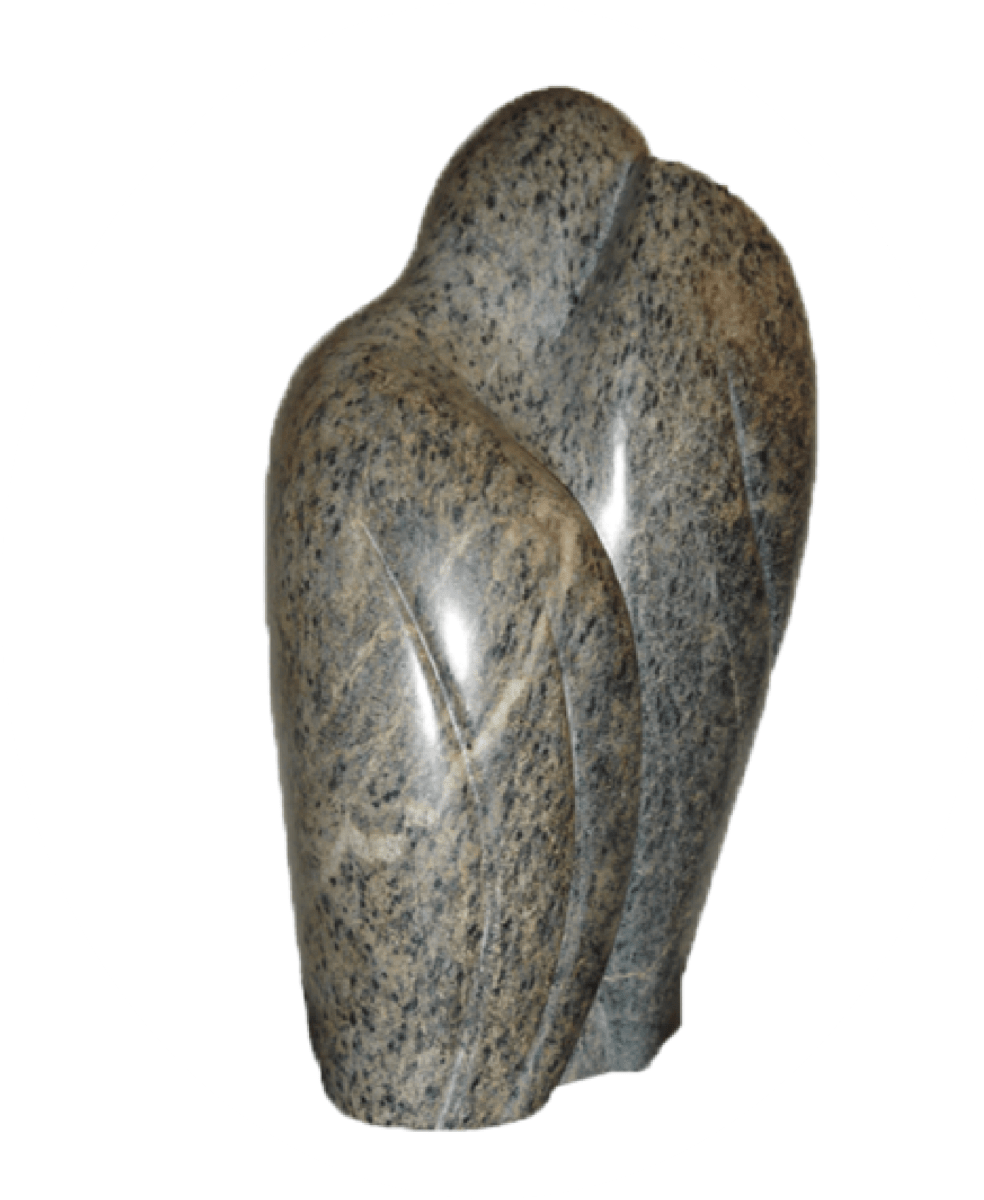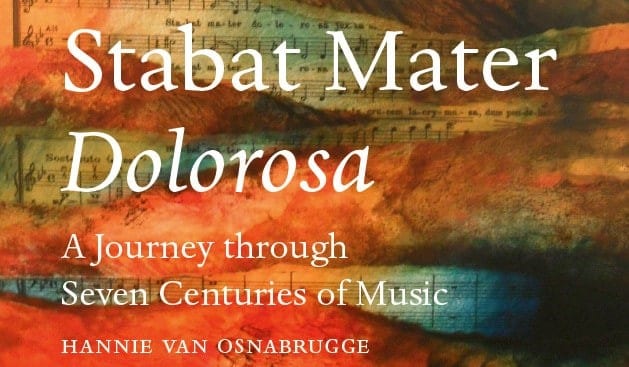We just added the Stabat Mater from Michele Bocchini to the website. Mr. Bocchini was so kind to share his thoughts about his composition with us:
Although the prayer opens with the scene: the grieving mother stood in tears at the foot of the cross, while her child was hanging, where the lyrics ask to observe the pain of a mother, who is as if she were pierced by a sword at the sight of her son’s pains on the cross, I do not immediately tell about Mary under the Cross.
The music first takes us into the dimension of memory, as if Mary herself, many years after her son’s Passion, was telling the great story that changed the world. The piano, which imitates a music box, introduces this memory and the oboe melody takes the viewer to the cross together with Mary.
But who is this woman? I chose the first three verses of Dante’s sublime Hymn to the Virgin and a solo voice to tell us, a single sweet narrating voice that introduces us to the figure of Mary, humble and high, more than a creature, and introduce the mystery of the incarnation: love was rekindled in your belly.
The second part of the Stabat Mater becomes a prayer and is introduced by the children’s choir asking for the protection of the Heavenly Mother: Under your protection, an interpretation of Sub tuum presidium, 3rd century, the oldest devotional composition dedicated to Mary.
The prayer then becomes contemporary, thanks to the lyrics of Mother of God, with which young voices sing about the encounter with the luminous image of Mary and with her powerful intercession.
Juxta crucem tecum stare, Mary let me be with you at the foot of the cross. The theme of the cross returns and with it the main musical theme returns and brings us back to the first scene, but this time it is different, because the story does not end with death …O Crux, Ave, spes unica! Hope! The paradox of the Cross of Christ, which is transformed, from an instrument of suffering and death, into the only hope of life! A moment of suspension, of tension, and with nothing but its own voice, the choir sings about hope, asking for grace and forgiveness through a poignant melody and words taken from the hymn Vexilla Regis, 6th century.
Last piece, Inflamatus et accensus, the melody repeatedly emphasizes the ardent and passionate words and the decisive rhythm evokes images of battle in which we ask Mary to be our defense. Final victory is near and the last words are a wonderful prayer to be torn from death. But the decisive word is Amen: the certainty of being saved is stronger.
Thank you very much Mr. Bocchini!
Please listen to the fisrt part of his Stabat Mater:




